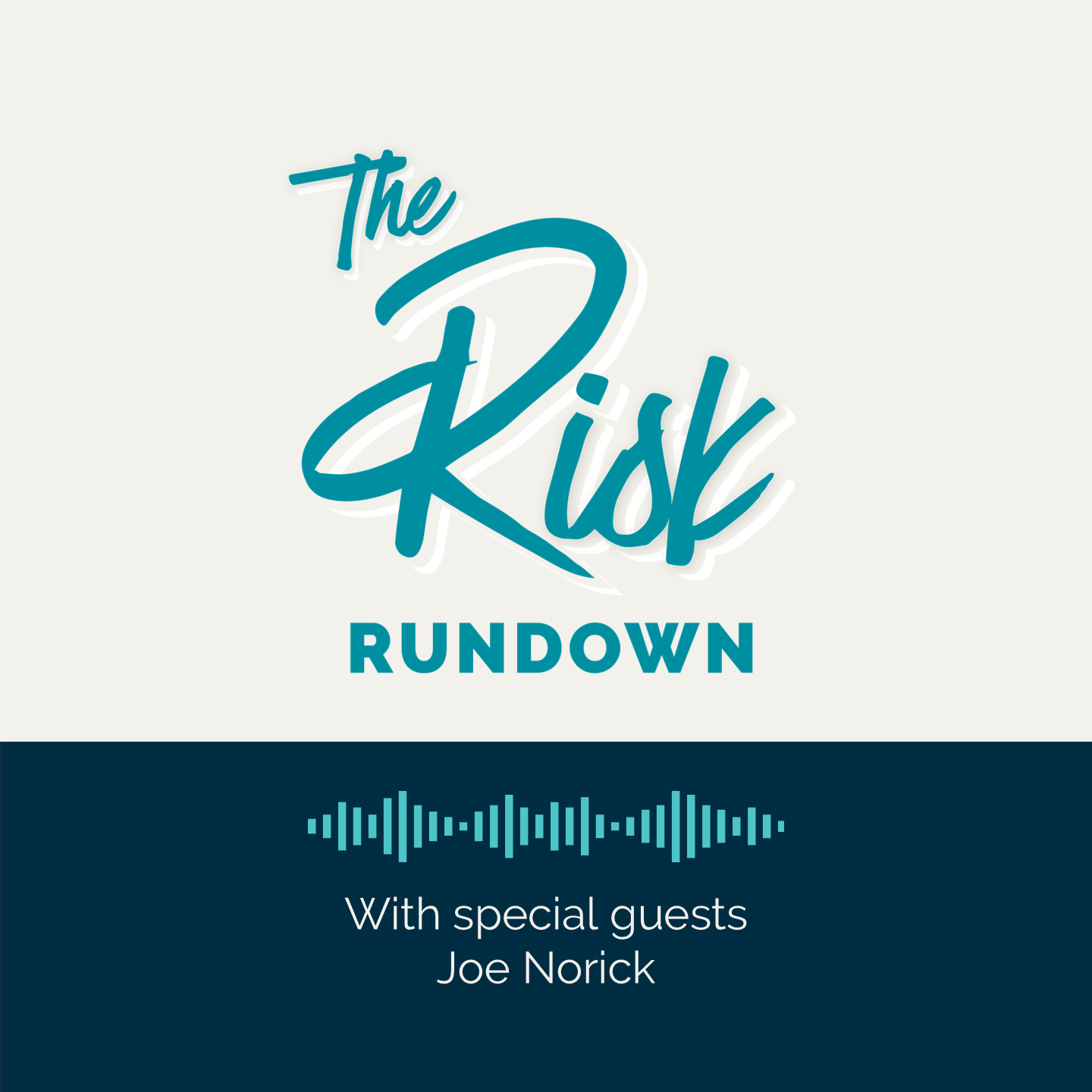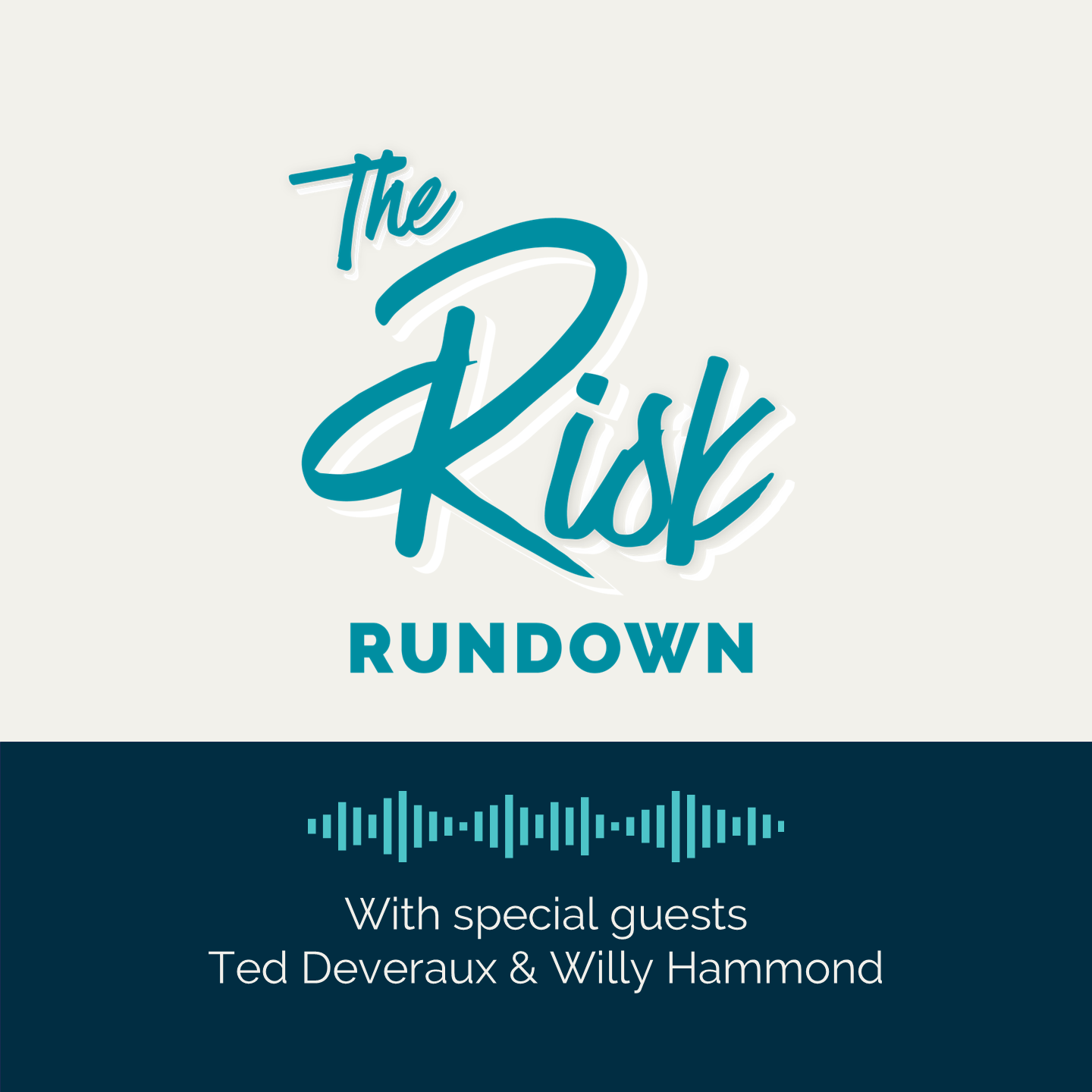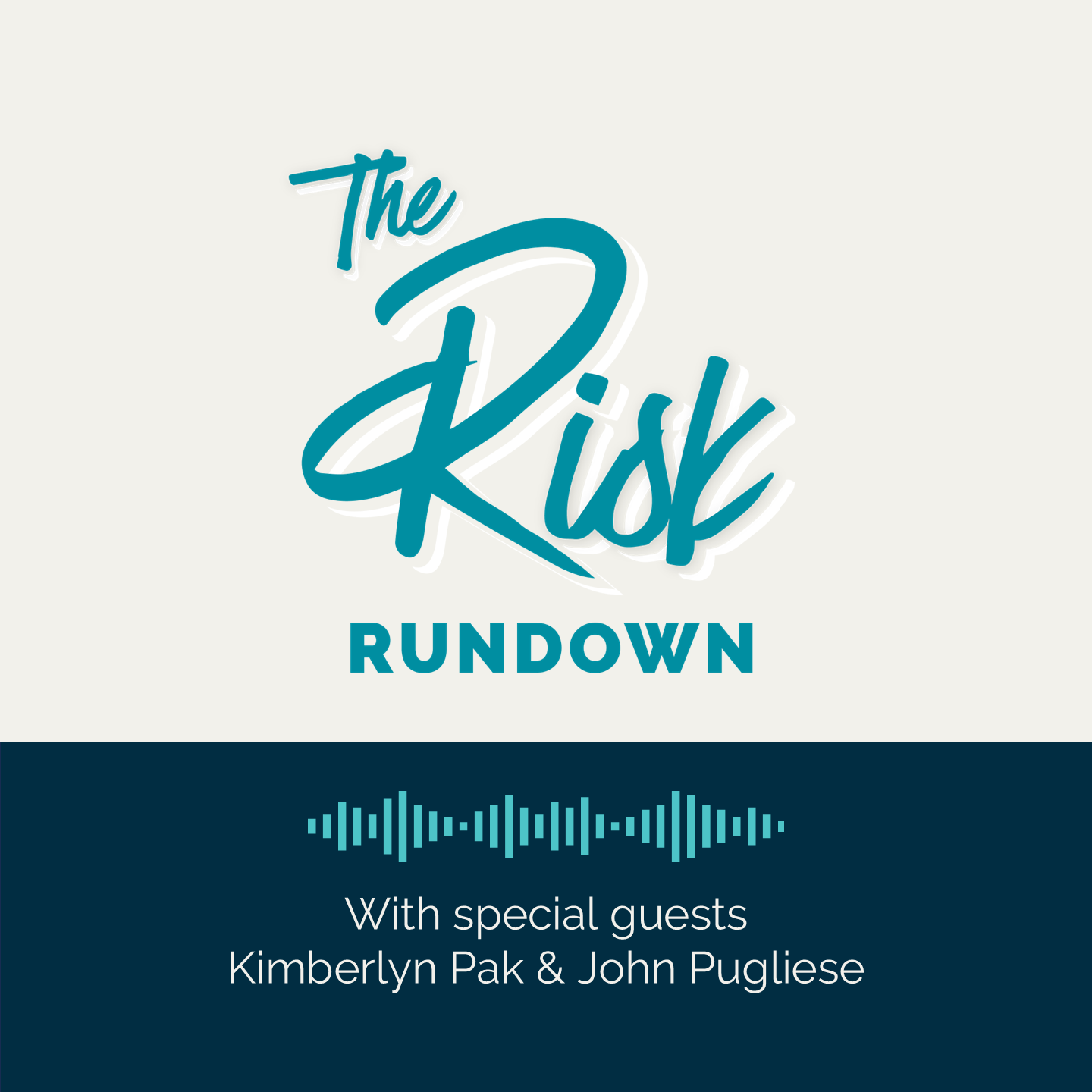This is Not a Drill! Wildfire Readiness & Safety Tips
Wildfires are no longer confined to a single region. In this episode, Alliant’s loss control experts share critical wildfire preparedness insights for today’s expanding risk zones. From evacuation planning to property hardening and post-event exposures like smoke and water damage, we explore what affluent homeowners need to know to stay protected before, during, and after a wildfire.
Julie (0:00):
All right, Ted Deveraux and Willy Hammond, thank you so much for joining me again! This is part two of our time together, and you two are Alliant's loss control specialists. So I appreciate you guys both being on this call and this podcast and actually talking about something that is happening more frequently than we would like—and that is wildfires. And for those people that aren't necessarily in a wildfire-prone area historically, this is going to be helpful because there's wildfires happening all over the United States now. So the places that you wouldn't normally think, New Jersey, North Carolina, these little tidbits could probably help people all across the country.
So I'm going to dig right in and start from the beginning. There are warnings that clients get, and I think that one of those is a red flag warning. And for those people that aren't familiar with that, I would love for you guys to explain what it is. What does it mean?
Willy (1:11):
I can jump on that one. Hello, and thanks for inviting us, Julie.
So, a red flag warning is pretty standard across the US. It typically means very low humidity, less than 20% humidity, high winds are projected, the vegetation fuel is dry, and warm temperatures. Sometimes it can also mean there's dry lightning in the area. Once the warning comes and you're in a wildfire zone, typically, they go as ready, set, go. So "ready" means, maybe you're three miles away, they don't know which way the wind's blowing, but you are in harm's way. So at that point, you need to probably have your car loaded. On "set", you need to have stuff in your car, your bags are ready, you have your medication, you have your go bag, you have taken care of your animals, whatever that is. When it hits "go", you need to be already out the door. A lot of people leave at the set mark, get out early.
Julie (2:14):
Okay, so for those of us that do not live in California, how do we get the red flag warning? I mean, is it like an Amber Alert on your phone?
Ted (2:23):
So a lot of times, the red flag warnings, they're not coming across from an emergency standpoint type of view through a text system. A lot of times it's taking a look at the weather forecast, going to weather.com, looking at apps like Watch Duty, to understand. It's like, "Hey, they're forecasting this out two to three days." So if you're not watching the news, if you don't have your TV on, it's checking in on the internet to get those red flag warnings.
Julie (3:00):
And I would assume it's hard, because back in the day, there used to be a wildfire season, and now it's like wildfire season is 12 months out of the year. So it's almost you have to always be on high alert and be prepared. So first, what do they grab? What do they do when they first get that red flag warning?
Ted (3:22):
So I think when they get that red flag warning, when they get that information initially, it's, "Where are my important documents? Where are my medications?" Preparing that go bag, just in case. You never want to live on high alert, but there's basic essentials that having them in the same place each time so you know where to go grab them, so you're not searching. Because again, at 2:00 AM, at 3:00 AM, 4:00 AM, you're waking up—you're having to move quickly. It's about pre-planning. There's a reason why we practice. You don't want the first time you're trying to get out of the house quickly to be at that mandatory evacuation time. You want to practice that and make it a family thing.
Julie (4:22):
So Willy, how do we advise people about dealing with and meeting up with family?
Willy (4:31):
You need to have multiple evacuation routes. Where are you going to meet? Especially if, maybe it happens at nine o'clock at night, and not everybody is home. You're not all leaving from the same spot, but you have to have a plan, "Hey, we're going to meet X, Y, Z," whenever it would be, and have multiple ways to get there. But yeah, you need to have a plan and you need to practice it and make sure everybody in your family knows what the plan is.
Ted (4:58):
And one of the things I can say is, when we talk about evacuations, we just did a recent podcast with Julie where we talked about hurricanes. So I would suggest going back and looking at that podcast as well, because we talk a lot about the communication aspect of it. On how to use your iPhones to use satellite communication, and stuff like that. So I would just recommend going back and taking a look at that podcast if you want.
Julie (5:33):
Nice little plug, Ted! Thank you so much.
Ted (5:37):
Tried. I tried.
Julie (5:39):
I love it. I love it. So I know that there's a lot of emphasis with insurance companies about making sure that our houses and our properties are prepared. The embers can be so dangerous themselves. So what do we recommend to people about actually preparing their properties?
Ted (5:59):
So with regards to the home, you look at home hardening, making your home as resilient as possible. That starts with the ember-resistant vents. It's no longer that the quarter-inch mesh is sufficient. Now, carriers are looking at 16-inch mesh at minimum, if not a complete ember-resistant system like a Vulcan vent or a Brandguard vent. Then you're looking at gutter guards to stop the buildup of debris in your gutters, because that's one of those areas in gutters that it tends to hold a lot of debris, a lot of dry fuels, as we would put it.
And once you get past that point, then you're looking at combustible materials up against the home. Is there a break? If you have a wood fence that's coming directly into the house, is there a non-combustible section of that fence that stops that wood fence from burning up against the home and catching your home on fire? And then you go into the vegetation, and 0 to 5 feet, the 5 feet to 10 feet. In that 0 to 5 feet, you want to have no combustible plant materials. You don't want bark mulch, you don't want plants that are highly combustible. Anything that usually has a high fragrance is usually fairly combustible. And you don't want that because that's what's going to burn up against the home, it's going to burn up against the windows, break the windows, and then allow fire embers into your home.
Julie (7:46):
Does spraying your house right before you leave with a hose or something like that, or the trees around it—does it help?
Willy (7:56):
There's two schools of thought there. They say if you leave them on for a little while, it helps a little bit because it increases the humidity around your home. So if you turn your sprinklers on, you water everything, but they tell you don't leave them on. Don't turn all your sprinklers on and then walk away, because that's also the contributing factor to why some of these fire hydrants run out of water. But some of the fire departments will tell you, especially if you know you're not leaving for an hour, or you're in the get ready, set mode, you're not evacuated yet, great time to turn everything on, water everything, increase the humidity around your home, and then turn them off and go.
I saw a claim, the people got evacuated, they put two sprinklers on their roof and they evacuated. They didn't have a fire damage claim, they had a flood claim, because it ran for three days. All the water came off the roof, made divots in the yard, made the water run back into the house. The house was almost totaled due to water damage from a wildfire.
Julie (9:00):
That's crazy. Okay, so that brings me to another question. It's not the only cause of loss. Because you can have wildfires all around you and all of a sudden vegetation is gone, and a month or two months later, all of a sudden they get a really bad rainstorm, and there's mudslides, or there's flooding. I mean, the wildfires cause so much other damage and possible claims in the future. It can be pretty devastating, correct?
Ted (9:30):
Yes. And one of those big ones is smoke damage. You'll have smoke damage coming in, and that's where you look before you leave, you're shutting down your air conditioning system. So that way, if smoke does get in, it's not into your ductwork, it's not spreading around through the home. Smoke damage is a big one. Down the road, yes, you do have a lot of concerns when it comes to mudslides. And in mudslides, there's nothing to prepare against mudslides other than being aware of when a rainstorm is coming, to know, it's like, "I might have to evacuate again because of a mudslide."
Julie (10:18):
Right. And mudslides aren't always covered on homeowners, so let's be honest that it very well could be pretty tricky if that be the case.
What would be the biggest myth that you think that people assume about wildfires?
Willy (10:39):
One of the biggest myths I hear, and this one's been debunked a couple of times recently, is: "I live in a small, tightly-grouped community, and there's no fuel around me."
That one's been immediately debunked when we lose 1,000 homes in these big fires, or more. Because when one house goes up, and they're only whatever it is, 5 feet, 10 feet, 20 feet from your neighboring house, if the one house goes up, the heat that comes off of that house that's on fire is astronomical, and your house that's only 10 feet away is probably going to be gone no matter what. The windows are going to break and it's going to burn down from the inside. So one of the biggest myths I hear is, "I live in this dense community. I don't have a wildfire concern. As you can see, the forest is a mile that way, or the brush, or whatever it is." So that's a big myth.
The other one I hear is, "I have a stucco home with a concrete tile roof. I don't need to worry." But you have gable end vents with giant quarter-inch mesh, and yeah, the houses burned down a mile in front of the fire. These burned, and then three houses a mile away burned down, and they didn't make any sense. They burned down due to an ember, just a flying ember.
Ted (11:55):
When we think about embers, we think about these little teeny-tiny campfire embers that we see that pop off the campfire. So embers could be a three-foot piece of palm tree that flies three, four, five miles ahead and then gets stuck up against something, and the wind is blowing at 50, 60, 70, 100 miles an hour. So it's just creating additional embers off of this larger ember that then finds its way into the home through the vent.
Willy (12:32):
I was just going to say, and those beach houses are very tightly—they're compact together, and they have a ton of trees. They're trying to block their neighbor that's three feet away. And some of them are old. I mean, we have a great example of a new house was right here, and a 1970 house was next to it. They both got hit with the same ember storm, the new house did great, the 1970 house burned out.
Julie (12:58):
It says something for current technology and building codes, right? Not just for hurricanes, but for wildfires too.
Willy (13:04):
It 100% does. And a lot of the technology changes or the building code changes have been based upon security cameras. Now people have Ring doorbells and all these security cameras, even if their house burns down, you still have the footage of how it burned down. You can see the tree fall over, you can see the embers fly under the deck and then the deck catches on fire. There was a lot of people in some of these fires that they watched their house burn down through their doorbell camera. And then they find proof, "Hey, the embers did enter the roof vent or the crawlspace vents," or, "Hey, this gentleman left his garage door open because they left in such a hurry," and now the house burns down from the inside. So there's a lot of things that have been improved, technology, building codes, et cetera, based on real-life examples after these fires.
Julie (13:57):
Well, thank you so much, gentlemen. I appreciate it.
We could be talking forever on this topic because it is so important, and like I said at the beginning of the podcast, it is affecting a lot more people than just people out in California.
Willy (14:10):
Thank you.
Ted (14:11):
Sounds good.
Julie (14:12):
Talk soon.
Host: Julie Rison– Director, Strategic Client Relationships
Guests: Ted Deveraux– Loss Control Specialist, Willy Hammond – Loss Control Specialist
00:00 – Introduction
Host Julie welcomes loss control specialists Ted Deveraux and Willy Hammond from Alliant Private Client and frames today’s focus: expanding wildfire preparedness beyond traditional fire-prone areas.
01:11 – What Is a Red Flag Warning?
Willy defines Red Flag Warnings—low humidity (<20%), high winds, dry fuels, and dry lightning—and explains the “Ready, Set, Go” evacuation protocol for early action.
02:23 – Tracking Wildfire Alerts Nationwide
Ted shares how non-California residents can stay informed via weather apps and why year-round vigilance is crucial.
03:00 – Wildfire Season Is No Longer Seasonal
Julie and the team discuss how fire seasons have extended due to climate shifts and why homeowners must maintain constant readiness.
03:25– Go-Bag Essentials & Evacuation Drills
Ted outlines must-grab items and stresses the importance of family practice drills to ensure swift, coordinated evacuations.
04:31 – Planning Family Evacuation Routes
Willy emphasizes establishing multiple escape routes and designated meeting points for loved ones, even when departing from different locations.
05:59 – Home Hardening Strategies
Ted describes property upgrades—ember-resistant vents (16-mesh or Vulcan/Brandguard), gutter guards, non-combustible fence breaks, and defensible space vegetation zones—to mitigate ember threats.
07:56 – Sprinkler Myths & Flood Risks
Willy weighs the benefits and pitfalls of using sprinklers under Red Flag conditions, including a cautionary tale of evacuation-related water damage claims.
09:30 – Secondary Wildfire Hazards: Smoke & Mudslides
Ted covers smoke-damage prevention (shutting off HVAC to protect ductwork) and the heightened mudslide risk after fires, often not covered by standard policies.
10:39 – Debunking Wildfire Myths
Willy dispels common misconceptions—dense neighborhoods are safe, stucco homes can’t burn—and explains how embers and radiant heat breach even modern construction.
13:04 – Tech, Building Codes & Closing Thoughts
The panel highlights how security cameras and updated building codes inform future protections. Julie wraps up by reinforcing the nationwide relevance of wildfire preparedness and points listeners to the previous hurricane episode for complementary guidance.
Thanks for your message.
We’ll be in touch shortly.







